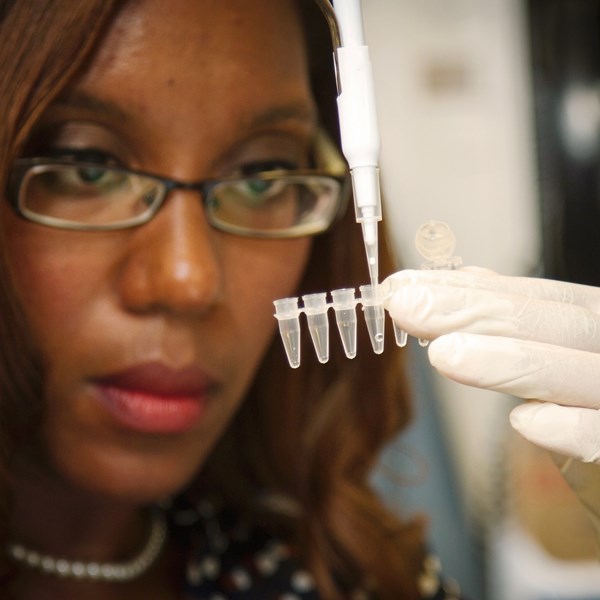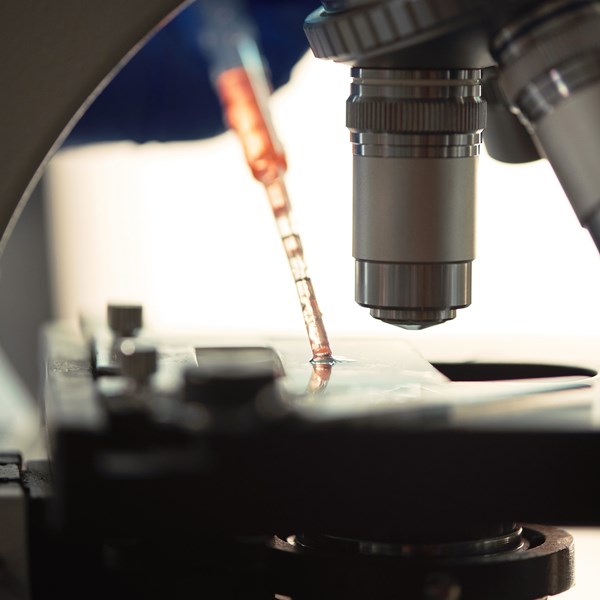Patent Offices around the world are busy preparing for the ‘big bang’ date of 1 July 2022 on which the new international standard for providing sequence listings (Standard ST.26) will come into force, simultaneously replacing existing Standard ST.25. Applicants and their representatives will need to be aware of the change and its consequences to avoid difficulties.
One of the roles of the World Intellectual Property Organization (WIPO) is to establish standards used for international (PCT) patent applications and which are also generally adopted by national and regional patent offices. These include Standard ST.25, which relates to how to represent amino acid and nucleotide sequences that are disclosed in patent applications.
Standard ST.25 was last revised in 2009 and understandably it is not capable of representing the growing wealth of atypical sequences that have been developed in recent years. New Standard ST.26 is able to represent a wider range of sequences and does so in a way that is more compatible with existing database formats used by the scientific community. The new standard defines which sequences must be included in the sequence listing and how they should be represented. Annex VII of the new standard provides particularly helpful guidance to help users avoid the pitfall of adding subject matter (or affecting entitlement to priority) when preparing an ST.26-compliant sequence listing. Applicants and their representatives need to be aware of the requirements of the new standard so that they can identify all relevant sequences and represent them appropriately.
XML FILE FORMAT AND THE NEW WIPO SEQUENCE SOFTWARE
Unlike the .txt file format required by Standard ST.25, Standard ST.26 requires sequence listings to be in .xml file format. This prompted the creation of new software, WIPO Sequence, which includes functionality to create new ST.26-compliant sequence listings but also to import and convert ST.25-compliant sequence listings into the new format. Version 2.0.0 of this software is now available from WIPO here, ahead of the implementation date of the new standard. This new version is said “to satisfy what was defined by patent Offices as the Minimum Viable Product (MVP) that would be required by applicants to generate an ST.26-compliant sequence listing”. Hence, all users should ensure that they are using the latest software version when generating any ST26-compliant sequence listings for submission (on or after 1 July 2022).
THE 'BIG BANG' DATE
To ensure that there are no problems due to different Patent Offices applying different standards, all participating Offices will switch to require sequence listings to comply with Standard ST.26 for applications filed on or after 1 July 2022 (the ‘big bang’ date). Before this date, all sequence listings must continue to be compliant with Standard ST.25. For international (PCT) applications, the determinative date is their international filing date, not the date of entry to the national/regional phase. Moreover, priority dates are not relevant to the determination of which standard will apply, only the filing date. Thus, regardless of whether the new application is priority-setting or priority-claiming, if the application is filed on or after 1 July 2022 then any associated sequence listing must comply with Standard ST.26.
Hence, applicants and their representatives should consider whether any change to the timeline of their patent filing strategy would be of benefit in view of the ‘big bang’ date. For example, stakeholders should consider (i) whether it is appropriate to delay the filing of priority-setting applications (e.g. provisional applications) until 1 July 2022 so that the whole family of applications can be subject to Standard ST.26, and (ii) whether it is advantageous to bring forward the filing of any priority-claiming applications (e.g. PCT applications) to before 1 July 2022 so that those applications remains subject to Standard ST.25 (but noting our comments below on divisional applications).
WHAT ABOUT DIVISIONAL APPLICATIONS?
The determinative date for which standard applies to divisional applications is a matter of national/regional law. As a welcome outlier, the UK Intellectual Property Office (UKIPO) has pragmatically indicated that the determinative date for divisionals will be the filing date of the parent (or grandparent etc) application. This means that an ST.25-compliant sequence listing for a parent application filed before 1 July 2022 can be reused for its divisional application filed on or after 1 July 2022, avoiding the need to produce a new converted sequence listing.
However, the European Patent Office (EPO) has indicated that it will require divisionals filed/lodged on or after 1 July 2022 to comply with Standard ST.26 regardless of the filing date of the parent application. This means that applicants or their representatives will need to submit a new ST.26-compliant sequence listing for the divisional application even if an ST.25-compliant sequence listing was available from the parent application. Hence, applicants and their representatives should consider whether to file any European divisional applications before the ‘big bang’ date to avoid the time, expense and potential problems with converting sequence listings from ST.25 to ST.26.
If you have any questions, please contact your usual patent attorney or send us an email at info@potterclarkson.com addressed to our life sciences, industrial chemistry or biotech teams.







